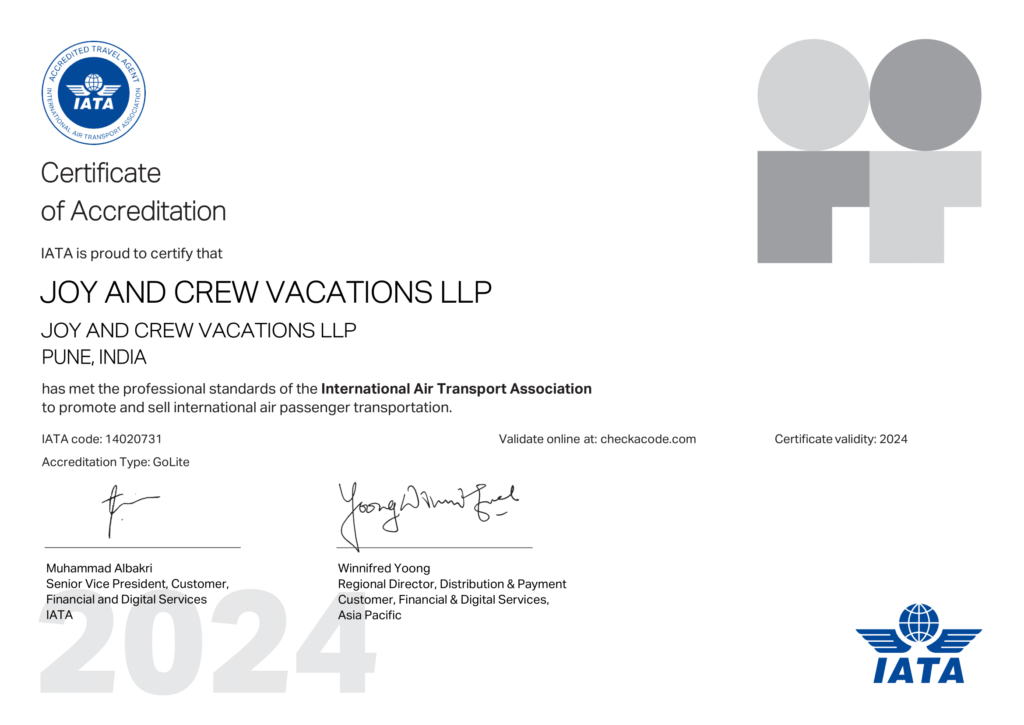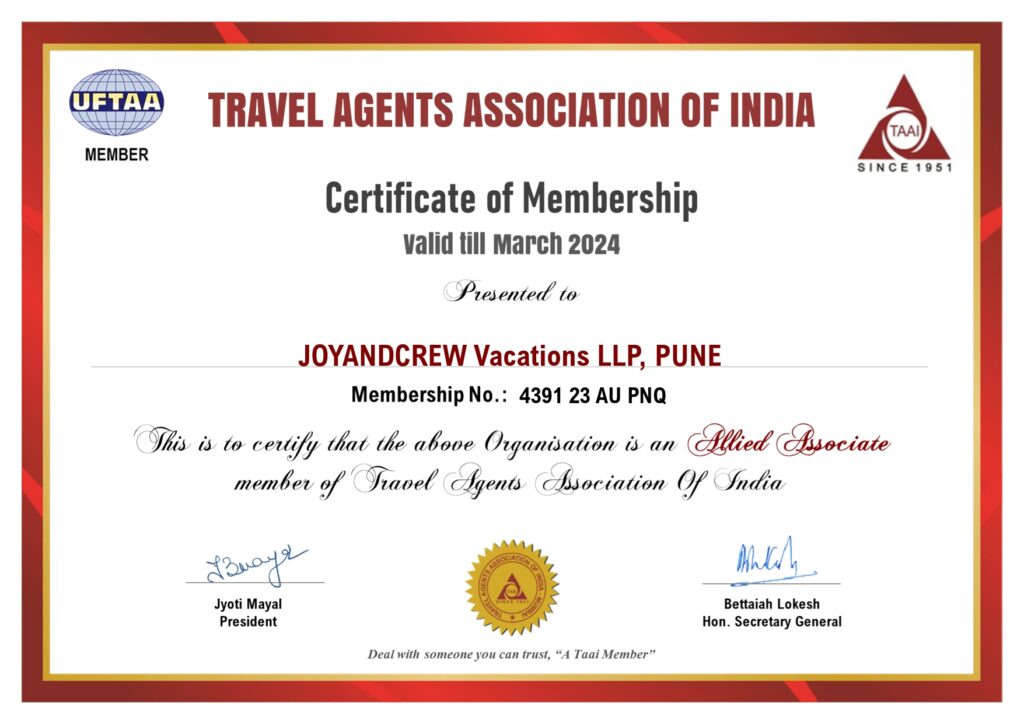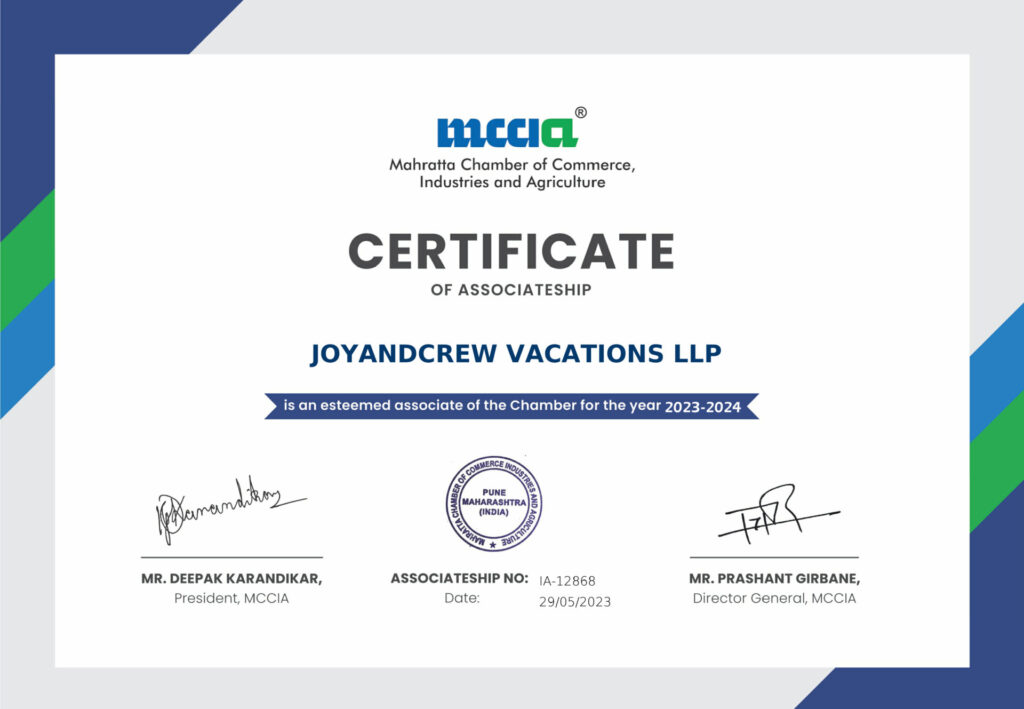
They say there are moments that leave you speechless, and then there are moments that make you feel like the universe is whispering just to you. Watching the Northern Lights dance across Norway's Arctic skies is one of those rare experiences that blur the line between dream and reality. It's not just a spectacle; it's a sensation, a deep, magnetic pull toward something greater, something ancient.
My first encounter with the Aurora Borealis wasn't as cinematic as I expected, with no grand music or dramatic gasps. Just me, the sound of my breath in the freezing air and a ribbon of green starting to unfurl across the heavens. No photo, no story, no preparation could capture the quiet enormity of it. And that's when I understood the Northern Lights aren't a show. They're a conversation. Between space and Earth. Between nature and the soul.
Scientifically, the Northern Lights are caused when charged solar particles collide with the Earth's magnetic field. These particles excite atmospheric gases, releasing energy as colourful light displays mostly green, sometimes pink, purple, or red. But why Norway, and more specifically its Arctic region? The Arctic Circle lies directly under the auroral oval, a ring-shaped zone around the magnetic poles where aurora activity is most frequent and intense. Clear skies, low light pollution, and a rich blend of nature and culture make this region a front-row seat to one of the planet's most magical events.
What It Feels Like to Stand Under the Aurora

In that moment, you're not just a tourist. You're connected to the land, sky, and universe. There's something profoundly spiritual about it. Ancient cultures believed the aurora was a message from ancestors, a cosmic bridge between worlds. And standing there, you begin to understand why. It's raw, humbling, and deeply human.
Where to See the Northern Lights in Norway?

Tromsø – The Arctic Capital
Tromsø is where Aurora dreams are born. Often called the "Paris of the North," it's the most popular destination for Northern Lights chasers. Just 350 kilometres north of the Arctic Circle, Tromsø offers optimal aurora viewing from spots like Risvika, Laksvatn, and Kvaløya. When you're not sky-gazing, hop on a dog sledge, meet reindeer on a Sami safari, or cruise the Arctic fjords under the stars.
Lofoten Islands – Northern Lights Over Scenic Landscapes
If you want drama in your aurora shots, the Lofoten Islands deliver. Think jagged peaks, tranquil beaches, and Northern Lights that reflect off icy waters. The best views are from Haukland Beach, Uttakleiv Beach, and the dreamy fishing village of Reine. It's perfect for photographers and nature lovers alike, hike by day and marvel by night.
Alta – The 'City of Northern Lights'
Alta holds a special place in Aurora's history; it was one of the first places where these lights were scientifically studied. Today, it's known for consistent sightings and immersive experiences. Head to Alta Canyon or stay at the stunning Sorrisniva Igloo Hotel. Explore Sami culture, sleep in ice-carved rooms, and watch the sky flicker above you.
Svalbard – Northern Lights in Polar Night
Looking for something extraordinary? Svalbard offers the rare chance to see auroras during the daytime thanks to the Polar Night from November to January. Visit Longyearbyen or Adventdalen Valley for unmatched solitude and sky theatre. Snowmobile across frozen tundra or spot Arctic wildlife like polar bears and reindeer under the shimmering skies.
How to Capture the Northern Lights?

- Use Manual Camera Settings: Automatic will not cut it. Go manual—keep your ISO between 800 and 1600, aperture wide (f/2.8 or lower), and set a long exposure (10–30 seconds) to let in more light.
- Tripod is Essential: Long exposures mean any tiny movement can blur your shot. A tripod ensures your camera stays rock steady.
- Mirror Reflections Add Magic: Look for still water surfaces, lakes, fjords, and even icy roads for those picture-perfect symmetrical aurora shots.
- Keep Warm Batteries Handy: Cold drains battery life quickly. Keep spares warm in your inner pocket.
- Shoot in RAW: For best editing flexibility. It captures more detail and lets you adjust exposure and colour post-shoot.
Best Ways to Experience the Northern Lights in Norway

- Northern Lights Cruises: Sail into the Arctic night on a quiet ship with zero light pollution. The view from the deck as auroras dance above the ocean is ethereal.
- Glass Igloo Stays: Sleep under a dome of stars and shimmering lights. You stay warm and cosy while the sky puts on its show.
- Snow Hotels & Ice Domes: These frozen palaces offer a fairytale-like experience. Sleep on beds carved from ice, surrounded by glowing art and frost.
- Cultural Experiences: Join Sami elders as they tell stories of the aurora, participate in reindeer herding, and learn how ancient beliefs and traditions are tied to the sky.
How to Predict and Track the Northern Lights?

How to Avoid Common Mistakes When Planning Your Trip

- Planning too short a trip: The auroras are natural and unpredictable. Staying at least 4–5 nights increases your chances.
- Not dressing appropriately: Arctic cold can ruin the moment. Think layers, not just thick jackets, thermal underwear, windproof outerwear, and woollen socks are key.
- Relying solely on smartphones for photos: Even with night mode, phones struggle with auroras. Invest in or rent a DSLR or mirrorless camera.
- Not checking cloud forecasts: Clear skies matter as much as solar activity. Always check local weather apps before heading out.











